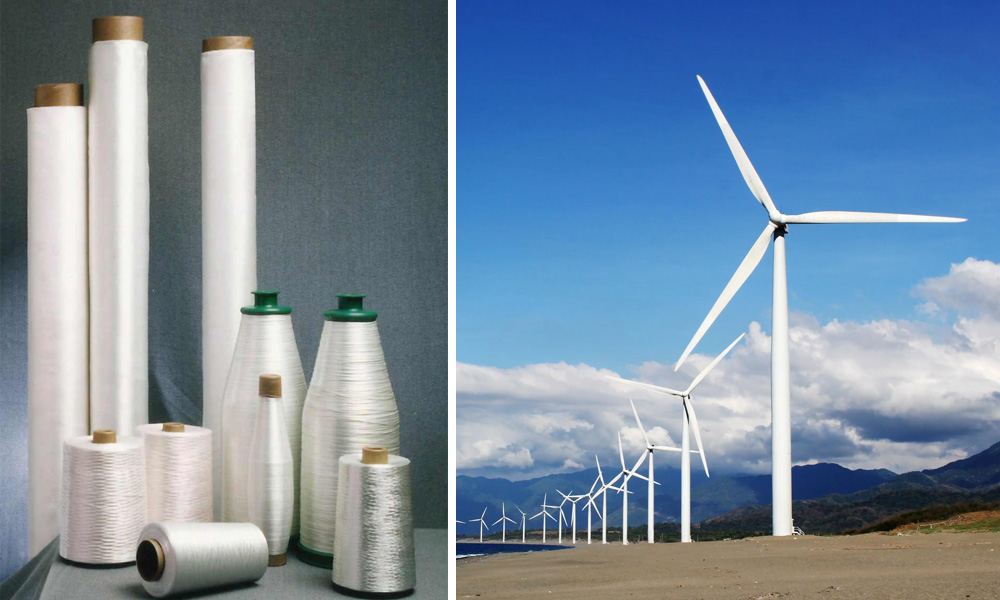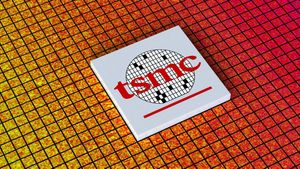The current application of high modulus glass fiber is primarily concentrated in the field of wind turbine blades. Beyond focusing on increasing modulus, it’s also crucial to control the glass fiber’s density to achieve a reasonable specific modulus, meeting the demands for high stiffness and lightweight properties. Simultaneously, the development of recyclable high modulus glass fiber is essential to promote the sustainable development of the composites industry. The glass fiber industry needs to expand high modulus glass fiber into more composite material applications where modulus and stiffness are primary requirements, by enhancing modulus, reducing costs, and adding extra functionalities.
(1) Higher Specific Modulus
When developing high modulus glass fiber, in addition to emphasizing modulus improvement, the impact of density must also be considered. Currently, high modulus glass fibers with 90-95 GPa generally have a density of around 2.6-2.7 g/cm³. Therefore, while increasing modulus, the glass fiber density should be controlled within a reasonable range to enhance its specific modulus, truly achieving the goal of high stiffness and lightweight for composite products.
(2) Lower Cost
Compared to ordinary modulus E-CR glass fibers, high modulus glass fibers have higher costs and selling prices, which limits their application in many fields. Thus, developing low-cost high modulus glass fiber is imperative. The cost of high modulus glass fiber mainly stems from its formulation and process costs. Firstly, high modulus glass fiber formulations often include more expensive rare earth oxides or lithium oxide, leading to a significant increase in raw material costs. Secondly, due to the higher forming temperatures required for high modulus glass fiber formulations, there is greater energy consumption, which also affects the service life of kilns and bushings. These factors ultimately contribute to increased process costs. To achieve cost reduction, in addition to innovation in formulations, innovative development is also needed in the production process, focusing on refractory materials for kilns, bushing materials, and design.
(3) Enhanced Other Functionalities
Applications of high modulus glass fiber beyond wind turbine blades require the incorporation of additional functional requirements, such as low expansion coefficient and low dielectric constant. This will enable their expansion into fields like printed circuit boards, high-precision automotive components, or 5G infrastructure.
(4) Recyclable High Modulus Glass Fiber
The composites industry, due to its increasing emphasis on environmental protection and sustainable development, faces issues related to material recycling and degradation. This is also a significant concern for the wind turbine blade industry. When developing high modulus glass fiber, future fiber recycling solutions should be considered. This includes optimizing raw material formulations to reduce environmental pollution during the production process and increasing the recovery rate to develop sustainable high modulus glass fiber solutions.
Media Contact
Company Name: China Beihai Fiberglass Co., Ltd.
Email: Send Email
Country: China
Website: https://www.fiberglassfiber.com/






